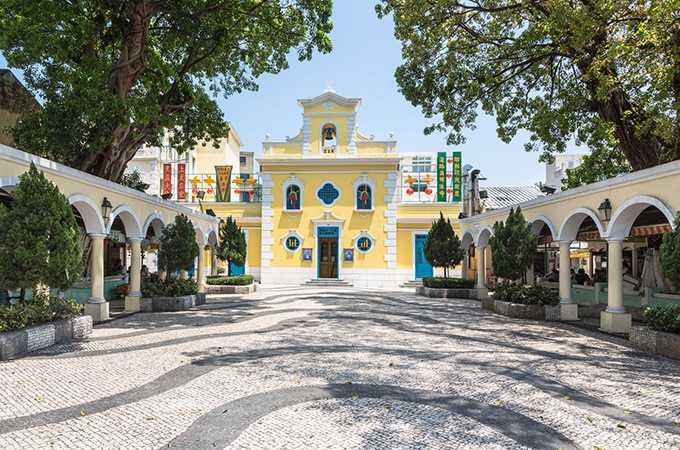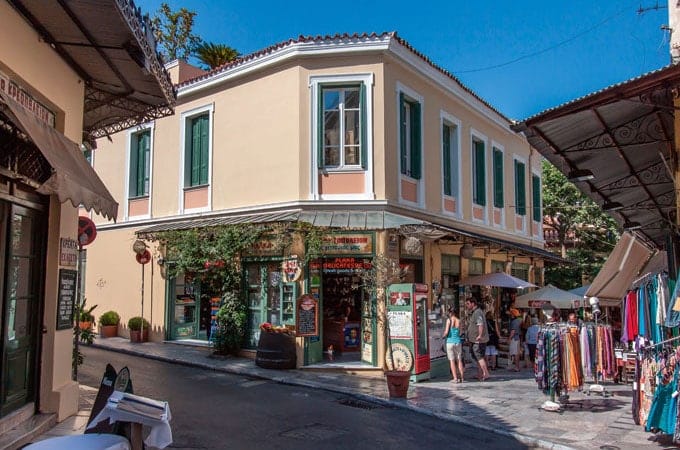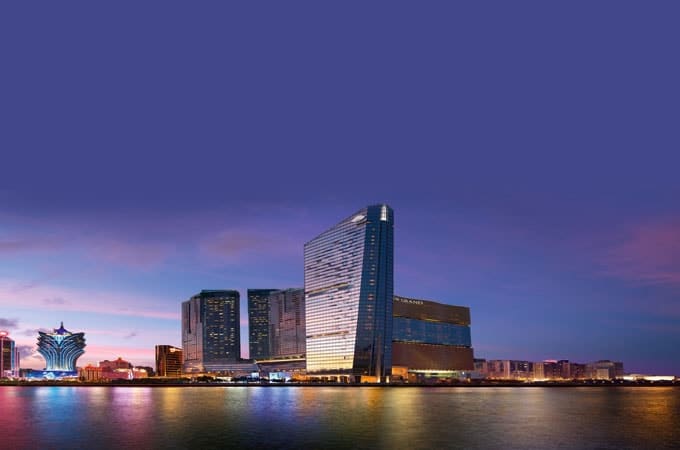From world-class shopping, dining and entertainment to a richly layered history and UNESCO World Heritage-listed sites, Macao melds the East and West together like no other place in China.
Located off Southern Guangdong on the western bank of the Pearl River Delta, it’s a fascinating contrast – a fascinating fusion of cultures and experiences. Less than an hour’s sprint across the South China Sea aboard the high speed jetfoil from Hong Kong and serviced by regular international flights, it all makes for an enticing short break destination.
Related article: The 8 Hidden Gems & Must See Attractions in Macao
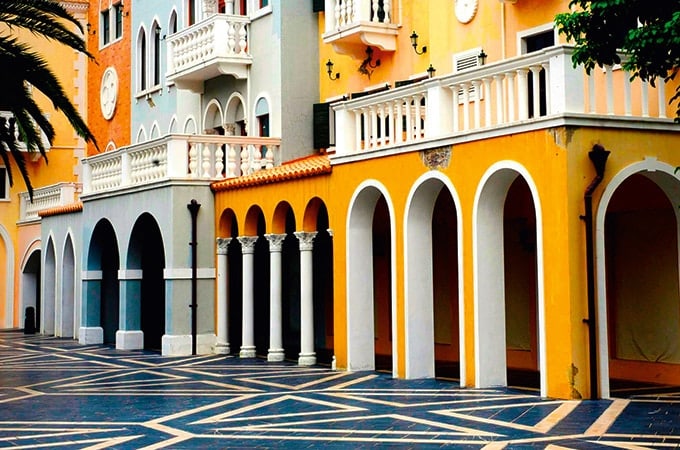
Day one – hit the streets
Taipa and Colôane may be joined by the rapidly developing piece of reclaimed land that has become the Cotai strip and its sparkling new entertainment complexes, but wander through the neighbourhoods of the two islands and you’re transported to a different time and pace. I have to say I was pleasantly surprised by the richness of history here and the peaceful retreat it offered us. The old-world elegance and intriguing mix of Eastern tradition and European colonialism are an enduring reminder of Macao’s past as a Portuguese settlement from the 16th century (until 1999 when it was returned to China).
It’s a contrast that is evident in the old fishing village of laid-back Colôane, a delightful respite from Macao Peninsula’s bustling streets with their cobblestone alleyways and esplanades, temples and churches, piazzas and monuments. Once a haven for marauding pirates who took shelter in the sea caves and forested hills here, Colôane has retained much of its seafaring history. You can still see the abandoned shipyards next to the old pier, and many of the pastel-coloured houses along the waterfront have been converted into restaurants serving up authentic Portuguese and Chinese fare.
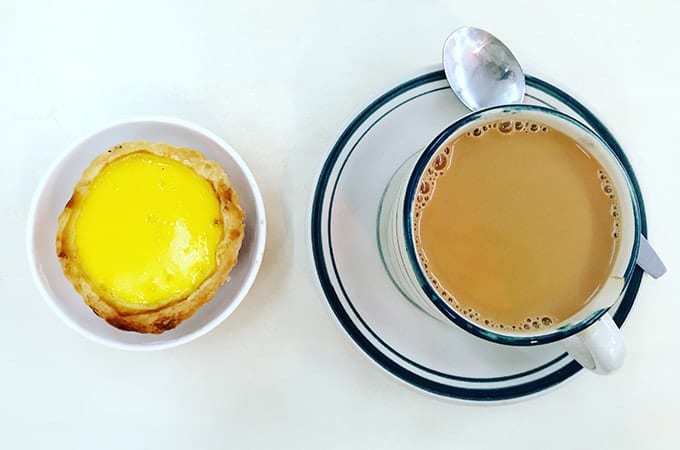
One of Macao’s most famous restaurants can be found here, down along Hac Sa (or ‘Black Sand’) beach. Fernando’s has been serving up hearty Portuguese fare for almost two decades. A casual establishment with a star attraction of roast suckling pig that the region’s avid foodies rave about, it’s a local favourite for a reason. Also, don’t leave Colôane without a visit to Lord Stow’s Bakery on Rua da Tassara, the birthplace of Macao’s much-loved egg tart – a treat definitely worth queuing for. With a wickedly rich custard filling encased in flaky, buttery pastry shells, they’re a staple of Macao cuisine, and Lord Stow’s serves up the best of them (they sell about 3000 egg tarts a day!).
Ten minutes taxi ride away from Colôane, resting in the shadows of the new high-rise apartment blocks and the gilded towers of the modern entertainment complexes, is Taipa Village. It’s here that you begin a different journey into the heart of Old Macao. With its warren of pedestrian streets and alleys, beautiful churches, museums and art galleries and walls of blue and white Portuguese tiles sitting alongside temples with traditional red lanterns and giant incense coils hanging from their time-worn facades, Taipa Village is a highlight of the Macanese mix of aesthetics.
There are quiet piazzas to take a rest and watch the activities of local residents as they walk to work or hurry home laden with fresh goods from the local markets, and you can sample the delights of traditional sweets and snacks served up at the many shops and bakeries. There’s been a surge in quaint and cosy wine and tapas bars opening up in Taipa, thanks to the local Portuguese community. Enjoy the best of both cultures by taking it easy at whichever bar catches your eye, sipping imported wine and taking in your enchanting surroundings – it’s the perfect way to settle in to a new destination, if you ask us!
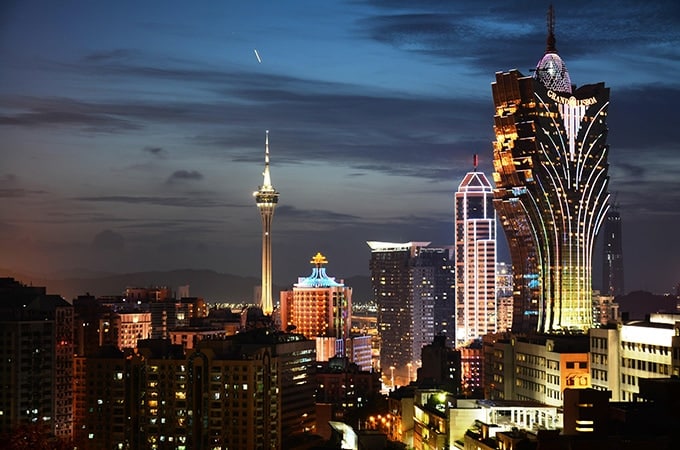
Day two – bright lights, big city
For your second day, swap for the walking shoes for a pair of designer heels (or whatever takes your fancy). Macao is known around the world as the Las Vegas of Asia, so get your glad rags on and get ready to live it up.
The shopping that surrounds the entertainment complexes of Cotai are every fashion-lover’s dream, with some of the world’s biggest fashion names and style houses taking up residence. You can, quite literally, enter the shop-lined promenades inside of, say, The Venetian, and get blissfully lost for a good few hours, eventually exiting out the other side with a brand new outfit and a well-satiated appetite. Because not only are there an array of shops to be found, there’s also a plethora of fabulous restaurants and bars serving up equally fabulous experiences – a decadent and dangerous mix for a shopping spree!
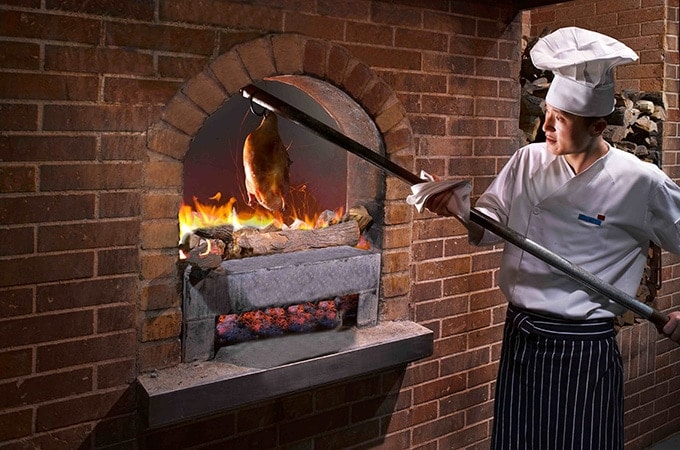
Our tip? Don’t miss a meal at one of the fantastic restaurants within the glitzy entertainment complex, The City of Dreams. There’s an exceptional selection of fine dining establishments here serving Chinese delicacies that would satisfy any gourmand. We made an unscheduled stop at Beijing Kitchen (famed for its superb traditional Peking duck prepared in wood-fired ovens and delicious dim sum) for a quick meal on our way to see a show, it was difficult to pull ourselves away from the table full of delicious dumplings come show time, but it was an absolute necessity.
The House of Dancing Water is the celebrated show at City of Dreams, created and directed by arguably the world’s greatest showmaker Franco Dragone – the poetic visionary behind some of Cirque du Soleil’s most renowned shows. It’s a magical experience – a masterpiece of theatre, dance, gymnastic artistry and high-performance aquatic diving with an awe-inspiring set design and a beautiful storyline. Be sure to book your seats well in advance.
After a fabulous dinner and show, walk across the strip to the lively Bellini Lounge inside of The Venetian for a cocktail or two, or head on over to the sidewalk bars on the Dock’s Outer Harbour on Avenida Dr. Sun Yat-sen. Cheers to a wonderful night out!
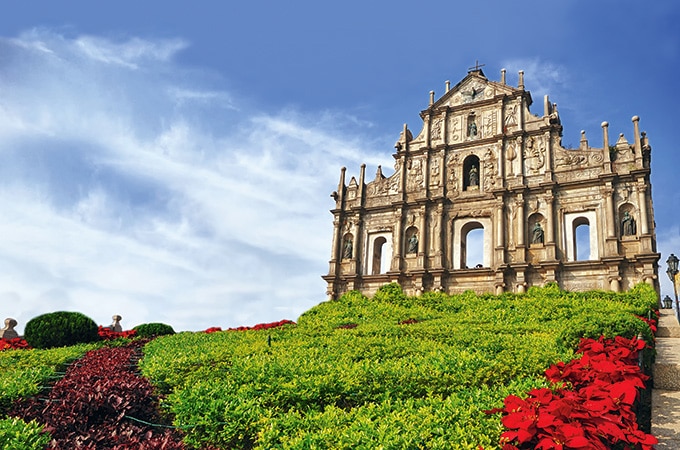
Day three – walk in the footsteps of history
You can easily spend an entire day just exploring Macao’s historic district – there are almost countless World Heritage sites crammed into the compact Macao Peninsula, with plenty of museums, galleries, churches, temples, fortresses and gardens for you to discover.
Our final day began in the centuries-old urban centre, Senado Square, with its central fountain, grand neo-classical villas with shuttered windows, shop-lined colonnades and those gorgeous black-and-white swirled floor tiles. Fuelled by a couple of egg tarts from one of the popular vendors (a mandatory experience), we spent at least an hour happily wandering the maze of streets and little alleyways to get a real taste of local life, loving the buzzing crowds under the lights of brightly-lit neon signs and wrought-iron balconies hung with colourful lights.
At the northern end of Largo do Senado is the superb 17th-century Baroque church of St Dominic’s, home to a statue of Our Lady of Fatima, an image that is paraded around the streets during the annual Fatima Festival. With its bright yellow, green and white exterior, St. Dominic’s is said to be the most beautiful church in Macao, second in photographic splendour only to the hauntingly beautiful facade of St Paul’s Cathedral. Stroll the cobbled lanes leading away from Senado Square to Travessa de São Paulo to find this most iconic landmark. A broad stone staircase leads to the remains of what was once the complex of a mighty cathedral and college (the first Western-style university in the East), which burned down and was rebuilt multiple times before a third and final fire during the typhoon of 1835 left it beyond repair.
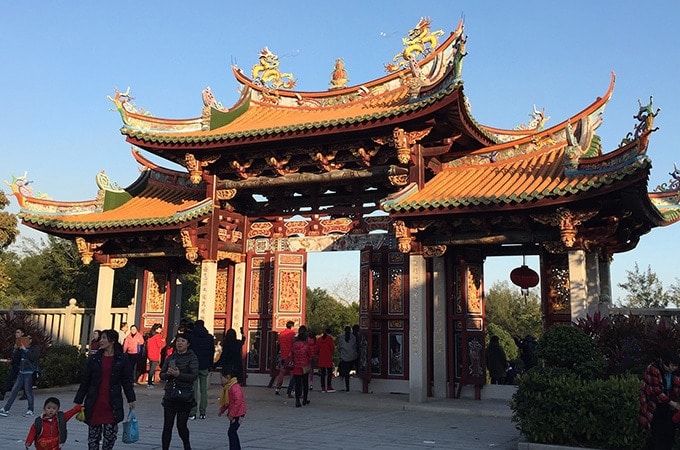
The ruins now house the Museum of Sacred Art and Crypt where you can see many religious artefacts, including Sino-Portugues crucifixes and a 17th-century painting of St. Michael the Archangel, the only surviving work from the original college. It’s overlooked by Monte Forte to the east, Macao’s oldest fortress dating to the 1700s, its old ramparts with huge canons standing sentinel over the city.
A short taxi ride away lies the A-Ma Temple, the oldest temple in Macao, which back to the Ming Dynasty (1368-1644). Dedicated to Mazu, the sacred Goddess who blesses and protects fishermen and seafarers, the temple offers a serene look into Chinese culture. Here, four pavilions dedicated to the worship of different deities (including Confucianism, Taoism, Buddhism and multiple folk beliefs) attract worshippers offering thick wafting sticks of incense to the Goddess. There’s also an impressive collection of classical Chinese treasures and many poems and inscriptions carved in the stone along the cliffside to take in, making the site truly beautiful and a definite must-see.
It is said that, upon arriving in Macao, the first Portuguese sailors inquired about the name of this newfound land. The original inhabitants offered the name of the area surrounding the temple of the Goddess: A-ma-gao. The sailors, in a cross-lingual miscommunication, took that in the abbreviated form of Macao, and the name stuck. Today, the city and its islands remain testament to a time when those two cultures came together. Macao may be growing rapidly into a modern world, but its traditional Macanese heart still remains.
